Lesson 4: Communication Access Rights
Lesson 4
Communication Access Rights
AAC Self Study Course

AAC Self Study Course

|
In this lesson you will learn about:
|
 |
|
Equality and full participation are human rights. All persons are entitled to equal access to the basic rights and fundamental freedoms that most people take for granted, e.g. health care, employment, education, participation in cultural activities. People who use AAC can face many barriers and challenges when communicating that make it difficult to participate in society. |
 |
|
In Canada, people with disabilities, including those who use AAC have the right to self-determination, equality, dignity, respect, integration, participation and independent living. Their rights are protected by:
These laws ensure that you cannot be discriminated against because you have a disability. |
 |
|
Some Canadian provinces have laws to ensure that people with disabilities have full and equal access to all services in their communities. |
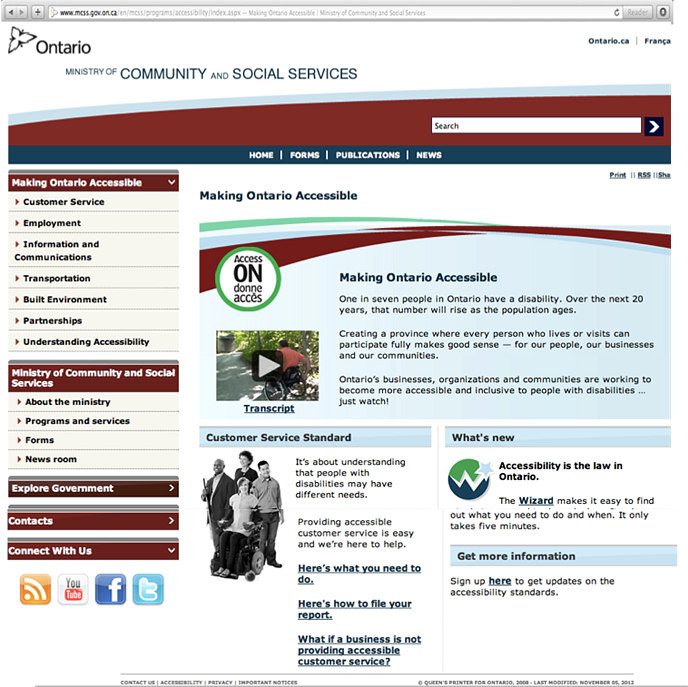 |
|
Accessibility laws tell organizations what they must do to make goods and services accessible to everyone so that they can:
|
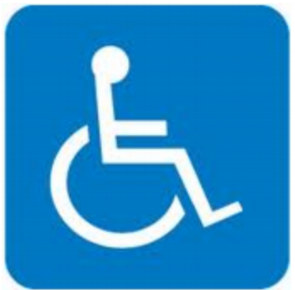 |
|
People who use AAC have the right to expect businesses and organizations to make their goods and services accessible to them. However, most people don't know how to make their organization accessible for people who use AAC. In fact, have you ever noticed that there is no access symbol for people who use AAC? That is until 2014 when CDAC introduced the communication access symbol. |
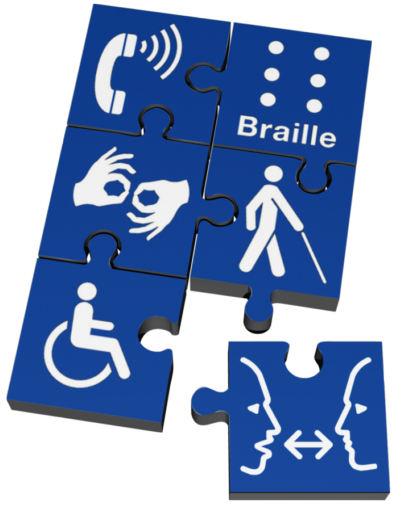 |
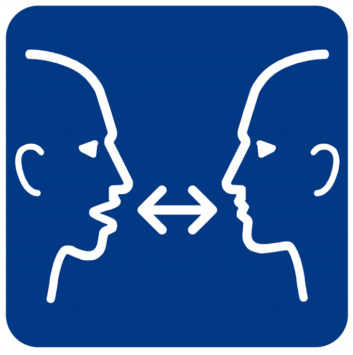 |
The communication access symbol is about what businesses and organizations can do to effectively communicate with us. This will be different for everyone as we have our own unique communication styles and needs. |
 |
Communication access is about what people in businesses and organizations can do so that we can:
|
|
People should speak directly to you in a normal tone and volume. They should take your opinions, decisions and feelings seriously. They should not underestimate your abilities. |
|
You might be asked what to do when people are disrespectful. You could suggest telling the person how they can show respect. For example:
|
|
|
You may choose the communication methods that work best for you. You can choose to use your speech, writing, gestures, sign language, a communication display, or a device. You can also have someone who knows you well and who can help you communicate. |
|
You might be asked how to help others communicate with a person who uses AAC. You could suggest:
|
|
|
People need to be patient and not rush you when you are communicating. You can ask for extra time when you are making an appointment because it takes longer for you to communicate. |
|
You might be asked how to get more time during an appointment. You could suggest:
|
|
|
People should tell you if they don't understand your message. They should try to reduce noise and distractions, and let you repeat or communicate your message in other ways. In some situations, you may want someone to assist you with communication. |
|
|
People should use everyday language when speaking with you. They should not assume that you cannot understand what they are saying. You may bring someone with you to give instructions about what others can do to make it easier for you to understand. |
|
|
You can have someone assist you communicating with another person. You should always be able to choose the person who assists you. If you don't have someone who can assist you communicating in services such as a hospital, police or legal situation, you can ask the organization to help you find and pay for a communication assistant. |
|
You might be asked about directing someone to help with communication. You could suggest:
|
|
|
You can chose how you communicate over the telephone. You can use speech, a device, a communication assistant, someone to communicate on your behalf, relay services, or a TTY. You can also request an alternative to the telephone, such as using email, fax, text, or arranging a face-to-face meeting. |
|
You might be asked for suggestions about how to communicate over the telephone. You might suggest:
|
|
|
An organization's website must be accessible so that you can use it. You can ask to have documents in different size font or emailed to you. You may also ask for someone to assist you to read and understand a document. Learn more about getting reading materials in accessible ways |
|
You might be asked what people can do to get information in ways they can read, understand and handle. You might suggest:
|
|
|
You can ask for documents (forms, surveys, ballots) in accessible formats that you can use independently. You can ask for assistance to complete writing tasks, take notes and sign documents. |
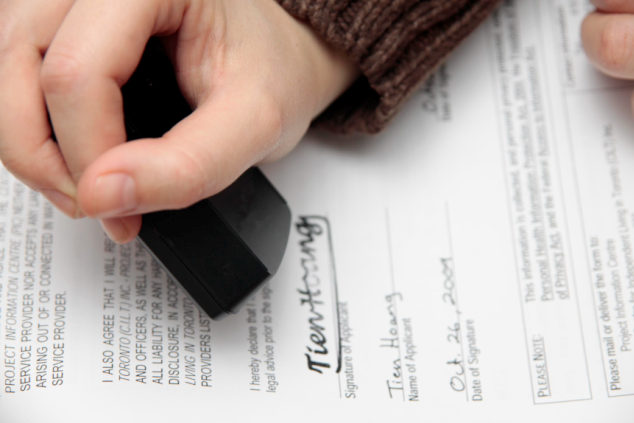 |
|
You might be asked how organizations can make their forms and signature requirements more accessible for people who use AAC. You might encourage people to:
|
|
You have finished lesson 4.
Tell us what you think by completing this quick survey.